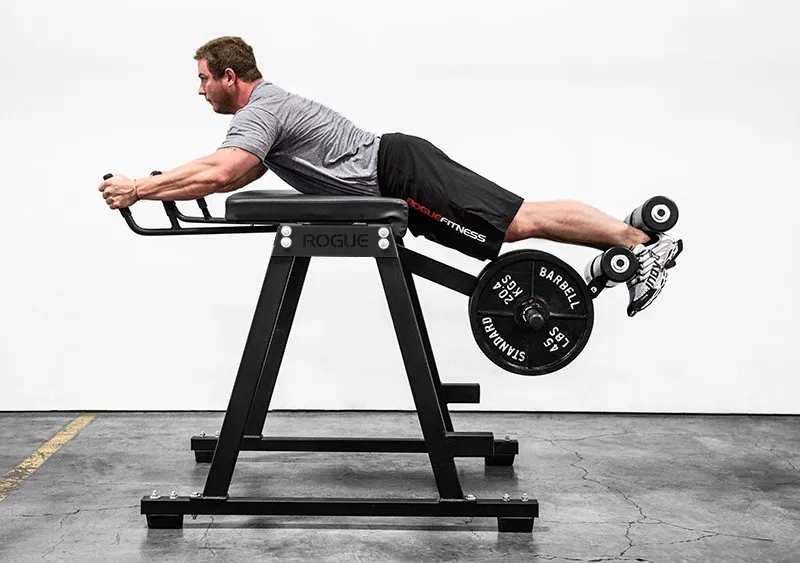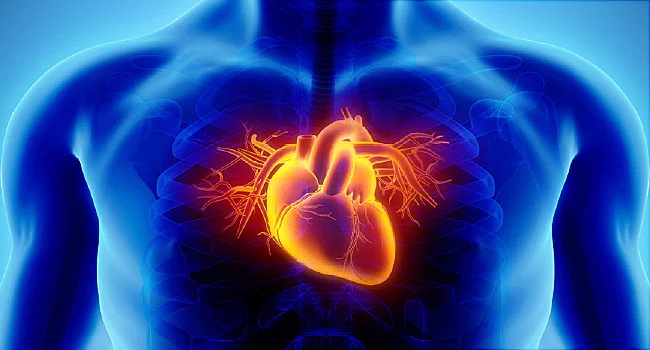The reverse hyper exercise is a versatile and effective movement that targets the muscles in the lower back, glutes, and hamstrings. It involves lying face-down on a bench or platform and lifting the legs upward in a controlled manner. This exercise has gained popularity in the fitness community due to its numerous benefits, making it a valuable addition to strength training and rehabilitation routines.
Lower Back Strengthening
The reverse hyper exercise specifically targets the muscles of the lower back, including the erector spinae. Strengthening these muscles can help improve posture, stability, and overall lower back health. A strong lower back is essential for supporting the spine during various movements and activities.
Glute and Hamstring Activation
The reverse hyper engages the glutes and hamstrings, which are vital muscles for hip extension and overall lower body strength. Strengthening these muscles can enhance athletic performance, improve hip mobility, and contribute to a well-balanced physique.
Injury Prevention
Incorporating the reverse hyper exercise into your routine can contribute to injury prevention by strengthening the muscles that support the spine and hips. A strong lower back and posterior chain reduce the risk of strains and imbalances that can lead to discomfort and injuries.
Spinal Decompression
When performed correctly, the reverse hyper exercise involves gentle spinal decompression. This can alleviate pressure on the intervertebral discs and promote spinal health. It’s particularly beneficial for individuals who spend extended periods sitting or performing activities that compress the spine.
Rehabilitation
The controlled nature of the reverse hyper exercise makes it suitable for rehabilitation purposes. It’s often used to aid in recovering from lower back injuries, as well as to improve hip mobility after surgeries or periods of immobilization.
Improved Hip Mobility
The movement involved in the reverse hyper exercise helps improve hip flexibility and mobility. This can be especially beneficial for individuals who have tight hip flexors or experience discomfort during movements that involve hip extension.
Muscle Activation
The reverse hyper exercise activates multiple muscle groups simultaneously. This makes it an efficient compound movement that can lead to overall muscle development and improved muscular endurance.
Posterior Chain Development
The reverse hyper exercise is a valuable addition to exercises that target the posterior chain (muscles on the backside of the body). Developing a strong posterior chain is essential for balanced muscular development, functional movement, and overall athletic performance.
Final thoughts
Incorporating the reverse hyper exercise into your fitness routine, under proper guidance and with appropriate form, can offer a wide range of benefits that contribute to lower back health, overall strength, injury prevention, and enhanced athletic performance. However, as with any exercise, it’s important to start with proper technique, use appropriate resistance, and consult a fitness professional if you’re new to the movement or have any underlying medical conditions.














